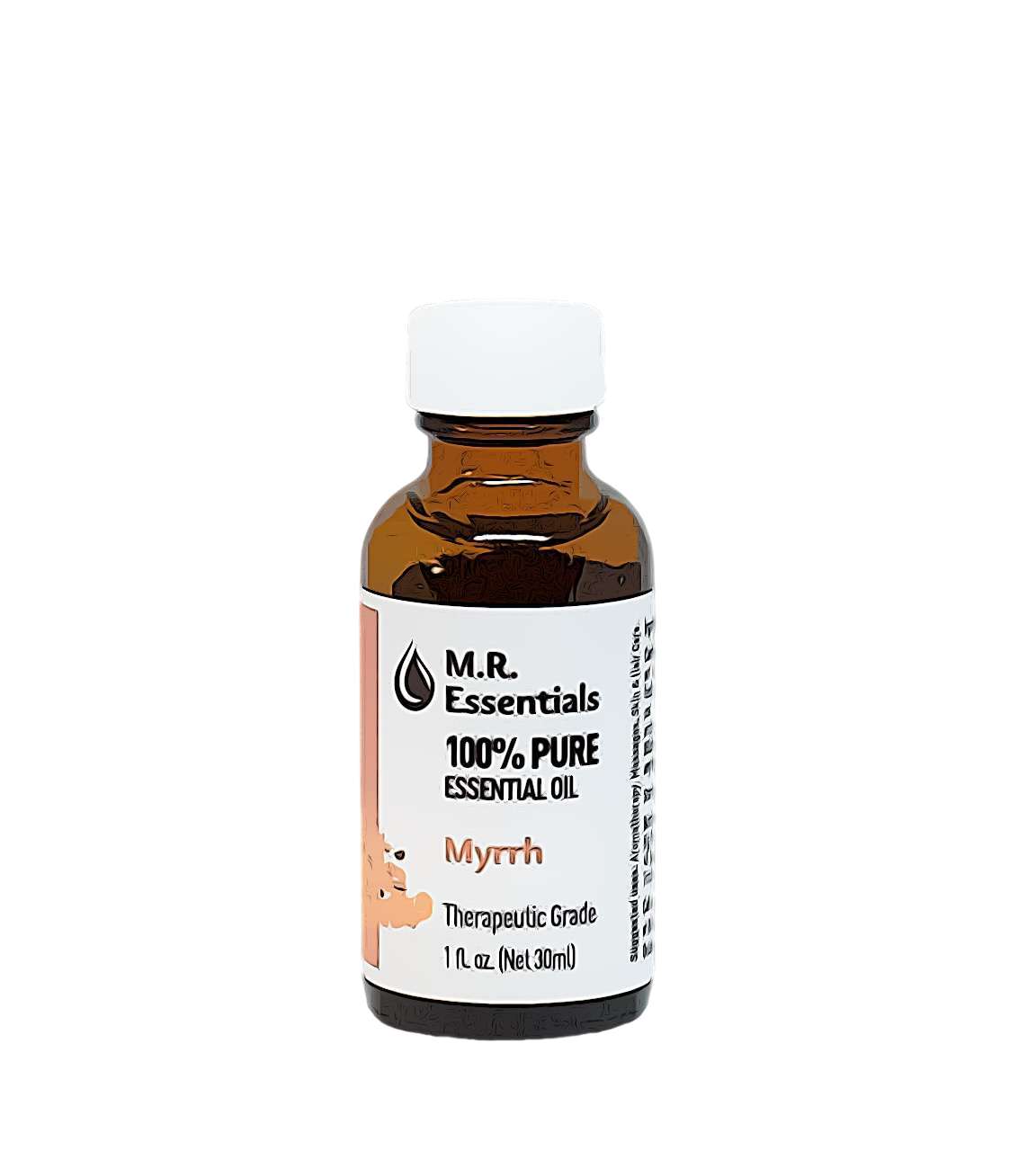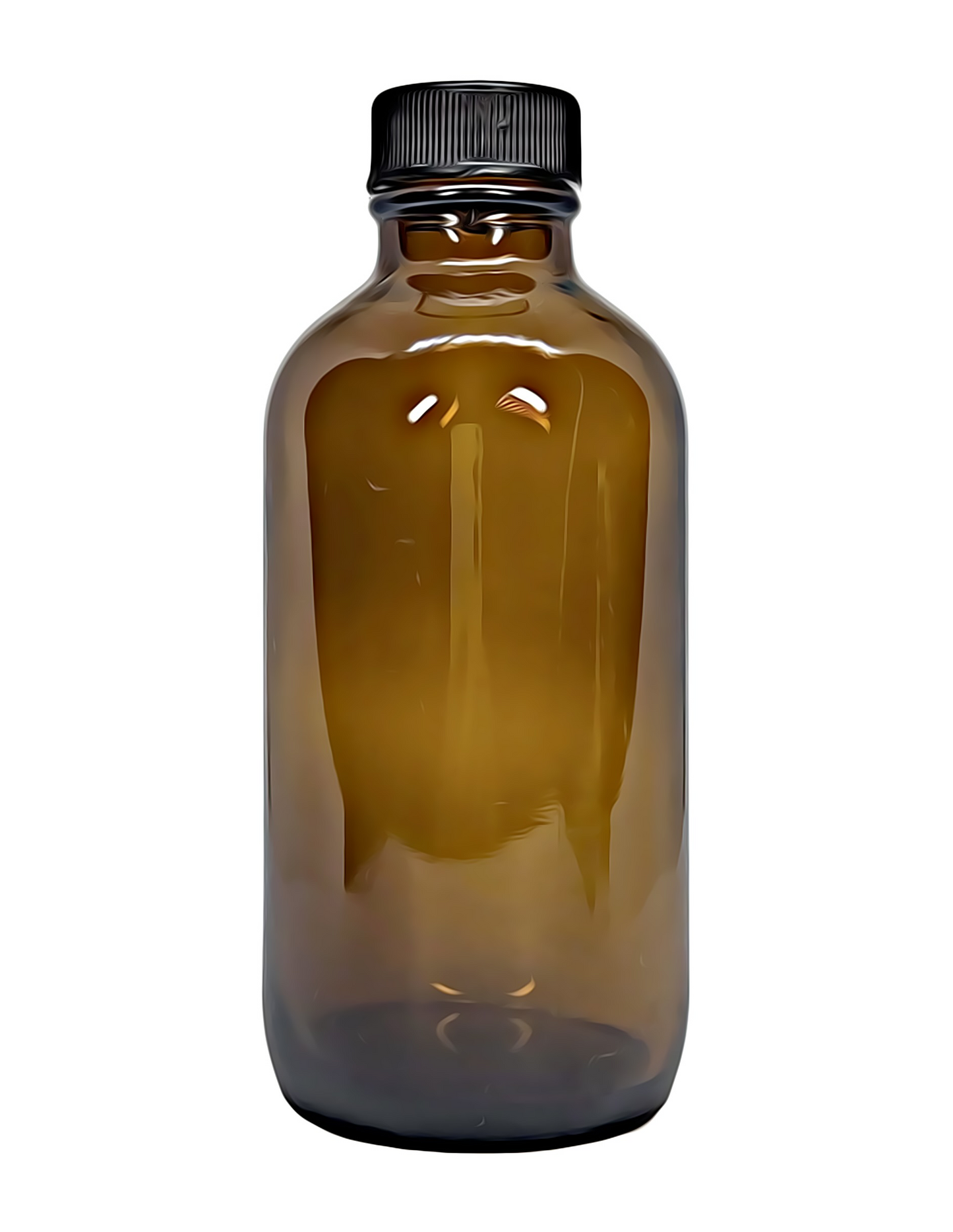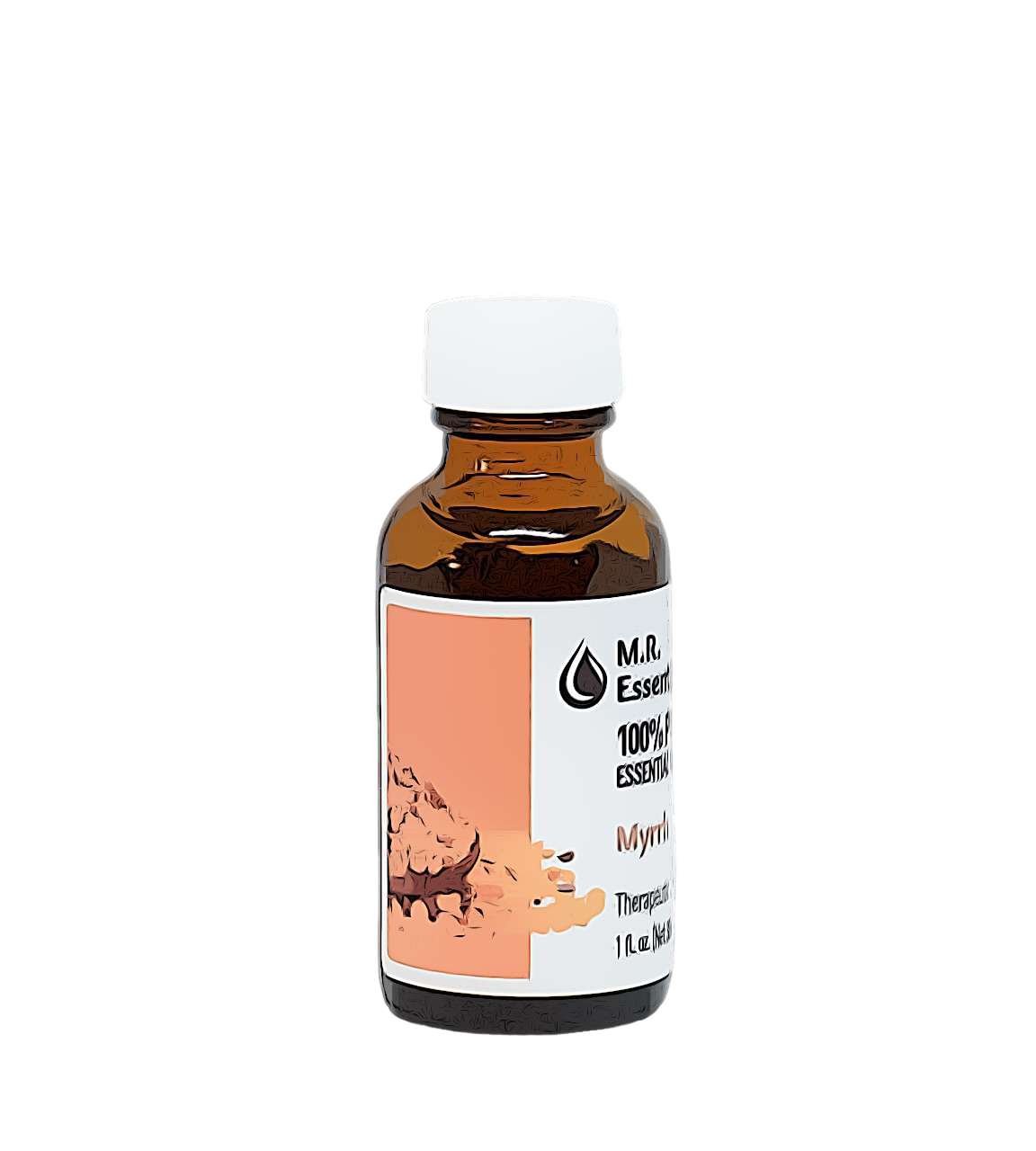MR Essentials
Myrrh Essential Oil (Commiphora myrrha)
Myrrh Essential Oil (Commiphora myrrha)
Couldn't load pickup availability
*The statements below have not been evaluated by the Food and Drug Administration. This product is not intended to diagnose, treat, cure, or prevent any disease.
Share
Product Details
Product Details
Method of Extraction: Hydro Distillation.
Plant Part Used: Resin.
Color: Golden Yellow/Brown
Consistency: Medium
Aromatic Description
Aromatic Description
Perfumery Note: Base
Strength of Initial Aroma: Medium - Strong
Aromatic Description: warm, earthy, woody and balsamic.
Suggested Uses
Suggested Uses
• Amenorrhea.
• Athlete's Foot.
• Bronchitis.
• Chapped Skin.
• Dysmenorrhea.
• Gums.
• Halitosis.
• Hemorrhoids.
• Itching.
• Mouth.
• Ringworm.
• Toothache.
Source: Julia Lawless, The Encyclopedia of Essential Oils (Updated Edition) (London: Harper Thorsons, 2014), 143-144.
Dilution Guideline
Dilution Guideline
Adults: Usually, a 2-3% dilution is suitable, about 12-18 drops of essential oil per ounce of carrier oil.
Children (5-10), Frail Elderly, Sensitive Skin: A lower dilution of 1% or less (6 drops per ounce).
Facial or Sensitive Areas: Use a 0.5-1% dilution (3-6 drops per ounce).
Acute or Short-Term Use: For resolving a specific issue, a marginally higher dilution can be used for a period of 2-3 weeks as necessary.
Major Constituents
Major Constituents
Furanoeudesma-1, 3-diene. Furanodiene. Lindestrene. B-Elemene. Germacrene B. Geracrene D. Delta-Elemene. 2-Methoxyfuranodiene.
Source: A. Dekebo, E. Dagne, O. Sterner. Furanosesquiterpenes from Commiphora sphaerocarpa and Related Adulterants of True Myrrh. (Fitoterapia 73, 2002), 48-55. Source cited in Robert Tisserand and Rodney Young, Essential Oil Safety (Second Edition. United Kingdom: Churchill Livingstone Elsevier, 2014), 357.
Safety Information
Safety Information
Tisserand and Young indicate that Myrrh Oil may be fetotoxic, and thus is contraindicated in pregnancy and lactation.
Reading Tisserand and Young's full profile is recommended. [Robert Tisserand and Rodney Young, Essential Oil Safety (Second Edition. United Kingdom: Churchill Livingstone Elsevier, 2014), 357.]






